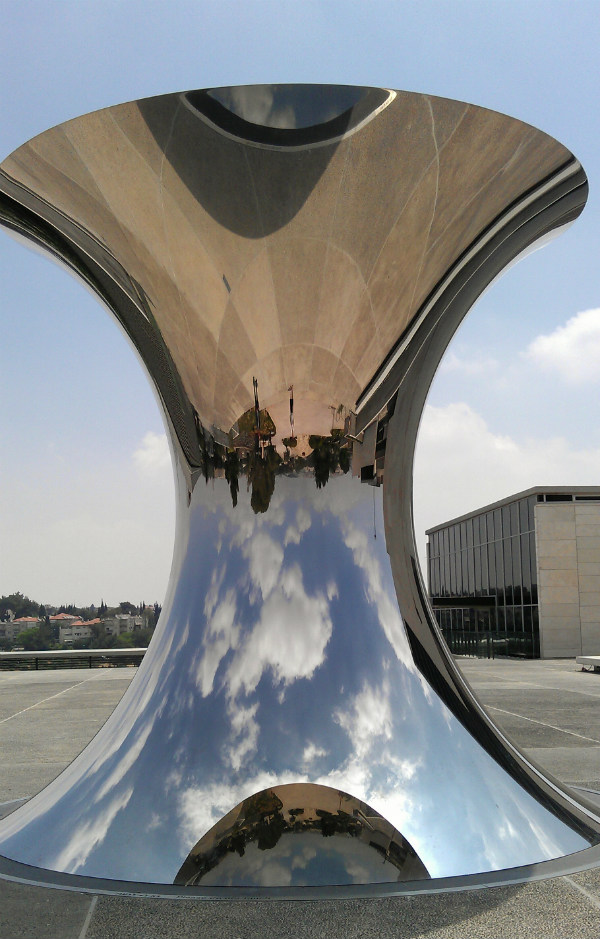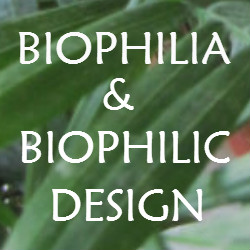
Architectural shapes have always fascinated me. Especially when they are juxtaposed with nature.
I never realised there was a name for this synchronicity of design and the natural world working together. But then I learnt about the concept biophilia, and it all made perfect sense.
When you set architecture against the sky, like the Anish Kapoor installation above, or Santiago Calatrava’s Chords bridge (below) the effect is quite dramatic.

Not only is biophilic architecture and design aesthetically beautiful to look at, but it also creates healthier environments that can benefit us both both outside and in. It can help to lift our spirits, and make us feel happier, healthier and calmer.

Take a look at the way natural light has been incorporated into this architectural design by Foster and Partners at the British Museum with a tessellated glass roof. The effect is soaring and powerful.

Another aspect of biophilic design is biomorphic forms and patterns; whereby organic shapes and arrangements that are found in nature are referenced in the architecture. An example, is the fluid design of Santiago Calatrava’s Liege Guillemins Station. Or this spiral staircase by Bauhaus architect Erich Mendelsohn.

While here, a combination of organic shapes, colour and contrast by Ron Arad at the Holon Design Museum appears deceptively simple, but is really quite complex.

And that is the essence of biophilic architecture – where design meets nature.
If you’d like to see some more inspiring biophilic images, then follow me on Instagram.


